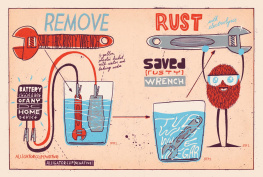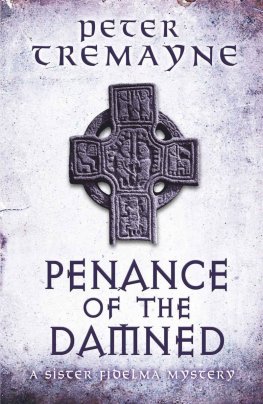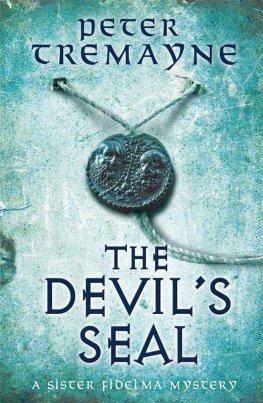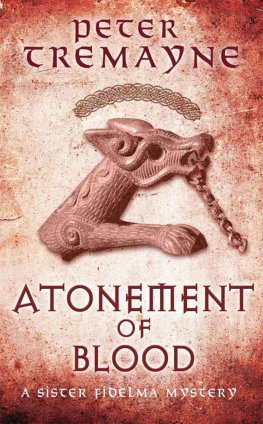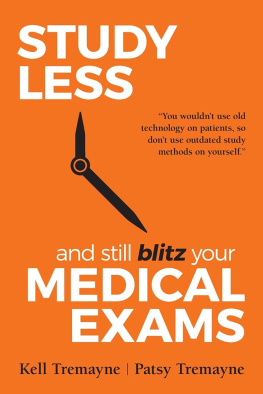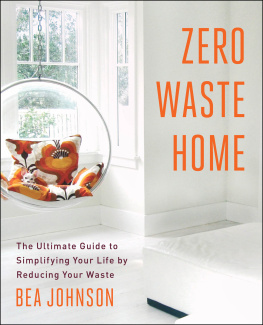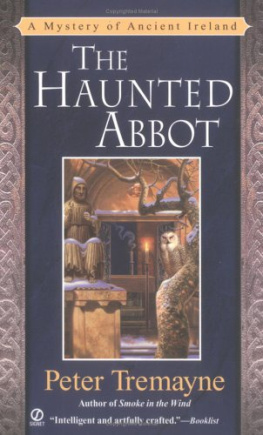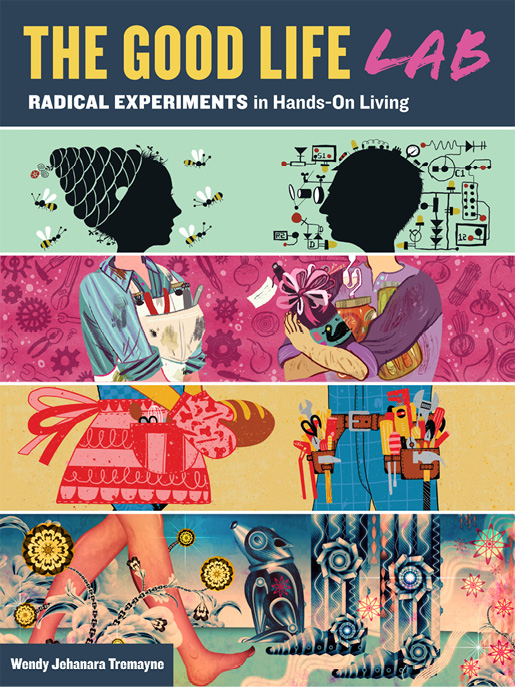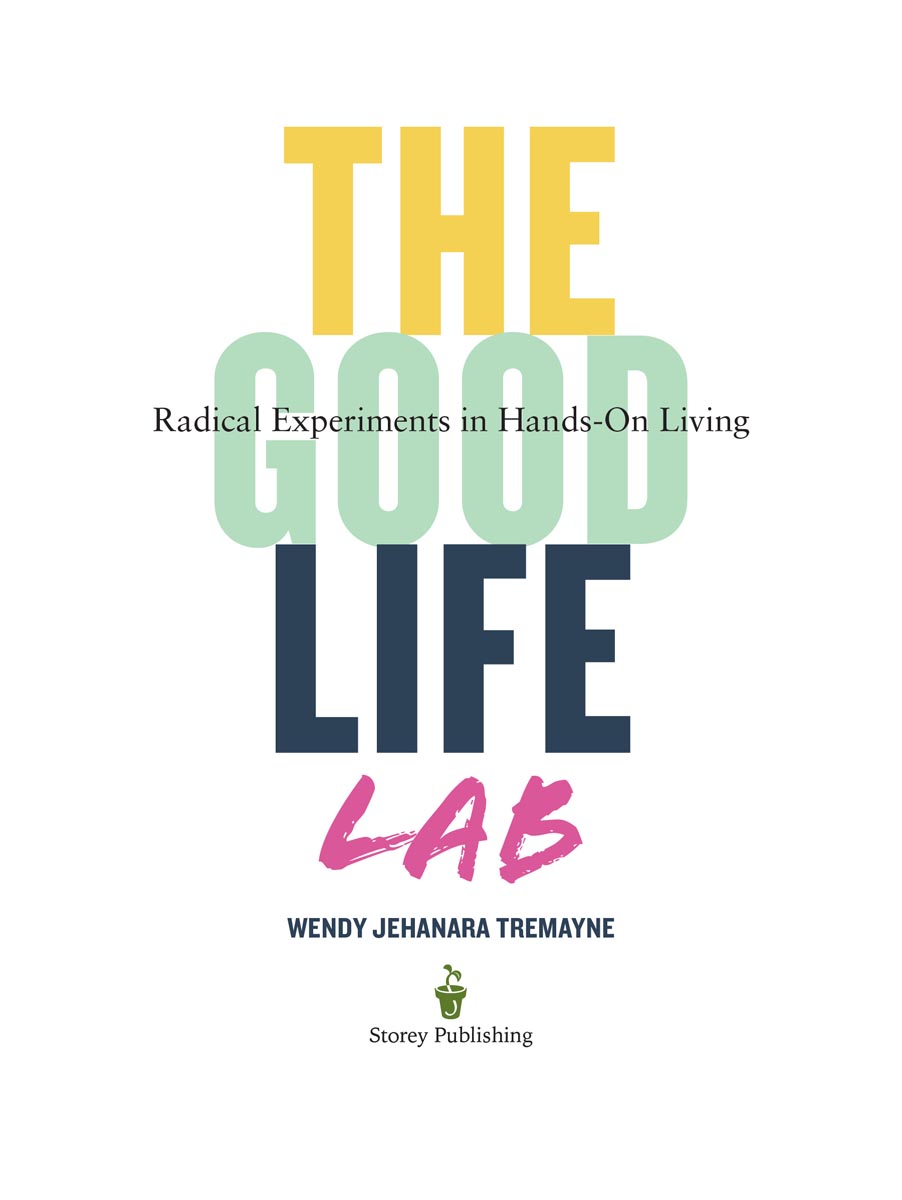About the cover. In about 1925, gathered around a table at 54 rue du Chateau, drinking their tonic local brews, a group of artists and writers who would come to be known as the Surrealists (but who were then, Andr Breton admits, just adepts at the art of living) invented a new version of the old parlor game Consequences.
In this new game, which they called Exquisite Corpse, collaborators took turns adding to an image or poem, without knowing exactly what had come before. The game of Exquisite Corpse celebrates the idea that our minds hold surprises we cannot alone imagine a persistent theme in this book. Here, four artists Melinda Beck, Meg Hunt, Bert van Wijk, and Kristian Olson invent two individuals capable of doing just about anything.
Bismillah al rahman al rahim
In honor of Al Hayy
Contents
If it is bread that you seek, you will have bread. If it is the soul that you seek, you will find the soul. If you understand this secret, you know you are that which you seek.
Rumi
Foreword ( s )
The most creative and innovative adults I know are good at taking risks, learning new things, and immersing themselves in the tools and materials out of which they can make new things. When I founded Make magazine, I began calling them makers and soon I was considering just how different they are from those who only see themselves as consumers, not producers.
This book is all about becoming a maker. Making is an active mindset. It means you can learn to do anything you really want to learn. It doesnt mean you will be the best at it. The effort itself is worthwhile, even if all you gain is an appreciation of how much better others are at it than you. Makers understand the value of openness and the importance of sharing what you learn, especially from failure.
Making is an approach to doing things in spite of the fact that you dont know how they will turn out. Wendy writes: Start even if you dont know how. Thats a makers reason for getting started. It is about having projects you want to do, knowing that you hope to learn something. The best projects are the most challenging. Making is exciting because you dont really know what youre getting yourself into. Inevitably, once you dive in, many unexpected things happen.
The Good Life Lab is not another predictable set of recipes encouraging you to do what others have done in hopes that itll work for you. It is an invitation to experiment on your own and to try to live a life of your own making. It will be messy, imperfect, and a lot more fun. It will be your adventure.
Dale Dougherty, founder of Make magazine
Wendy Tremayne is a new kind of gentle, loving, practical radical. Writing with humor, lightness, and intelligence from a peaceful and compassionate place, she demonstrates how, following our hearts promptings and using the full resources of our bodies, minds, and souls, we can create a new life for ourselves, one in harmony with our true humanity, in service to our Earth, and attuned to the deeper realities of the cosmos. Wherever we live, whatever our situation in life, we can all learn something from Wendys radical experiments in hands-on living.
Christopher Bamford, author of An Endless Trace: The Passionate Pursuit of Wisdom in the West
The Good Life Lab is a wonderful, open window inviting you into the radically common sense adventures of Wendy and Mikey. Its well worth going out of your way to look into it.
They show us how we can begin to practice transformative homesteading the conscious habitation and improvement of our lives, land, and community anywhere, starting right where we are, wherever we are. The key is to become aware of, engage with, then begin to work with the resources flowing through our lives (time, food, energy, joy, neighbors, shelter, waste) in a way that simultaneously magnifies these and other resources and creates additional potentials, often by also enhancing others capacity to do the same or better.
This is where I feel the true power of this book lies. It tells a story of striving, creating, and living in a way that elevates life beyond ourselves. It is not about an insular self-sufficiency, for Wendy and Mikey are not isolationists, but rather weavers of interconnecting webs. They seek out those in both their immediate physical community and the global digital community to teach them the skills they lack, while giving back with their growing strengths and the knowledge and creations that arise from their collaborative experimentation.
I love the mind- and soul-opening quotes that begin each section of this book, and how they lead into the tales of Wendys and Mikeys experiences. These are stories within stories. The story of how they built their papercrete structures is also about how they scavenged the discarded paper for the papercrete, about the miscellaneous found and repurposed parts that made the tools to mix and apply the papercrete, about all the joyful, eccentric, sharing innovators they encountered along the way. Point to just about anything within their homestead, and the stories begin to flow. Not just any stories, but empowering adventure tales, with quirky twists and turns that go places you dont expect, for which you are grateful, because it shows how you might get there, too. As Wendy says, Its all common sense free and available to all.
Brad Lancaster, author of Rainwater Harvesting for Drylands and Beyond
Many people in our contemporary consumer society, feeling dissatisfied and disgruntled with the jobs and lifestyles in which they find themselves, daydream about a better life, a life that more accurately reflects their values, and a better world they wish to help create. Wendy Tremayne was one of those people, until she and her partner, Mikey, left their 9-to-5 jobs behind and began a quest for something very different, what Wendy describes as an uncommodified or post-consumer life. This book is the story of their journey, which led them to a small town in New Mexico, and of their lives homesteading there.
Wendy relates their story with an infectious spirit of adventure. She acknowledges fears, paradoxes, and contradictions, and describes many of the things she has learned. In these pages you will find practical information to guide you through a remarkably varied range of do-it-yourself projects, including building with papercrete, plastic welding, and fermenting your own kombucha, kimchi, and tempeh. But far more compelling than the DIY skills themselves is Wendys articulation of the values that have guided her and Mikey to learn these things.
No book, this one included, can offer step-by-step instructions for creating the life you dream of. Each of us is unique, with our own histories, desires, and dreams. We cannot follow in Wendys footsteps, yet certain aspects of her journey may illuminate a path for us. In sharing and reflecting upon the discoveries she and Mikey have made and the life they have created for themselves, Wendy Tremayne provides us with much creative inspiration and food for thought on our own transformative journeys.
Sandor Ellix Katz, author of The Art of Fermentation
This is no ordinary how-to book. Through the telling of stories and offering of practical advice, Wendy reminds us that, to whatever extent we allow ourselves, we are all master practitioners in our own Good Life Lab. The moment we begin to visualize ourselves there (is your Good Life Lab coat white, plaid, or sequined? Only one things for certain its made from something rescued from the waste stream), magic starts to happen. The trick is to start

